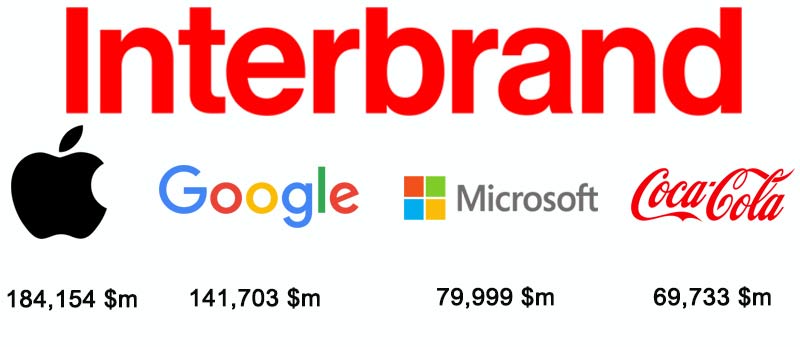Watch The Bob Experiment, where we told “Bob” to pretend he was an advertising agency and to go out on the street with a bullhorn and sell himself to passers by. He’s the only actor. Everyone else just happened to be on their lunch hour. Watch what happens as the camera rolls.
At my house, if we want to remember something, we write the reminder or appointment on a sticky note and put it on the mirror in our bathroom. That’s because we pretty much know that no matter what else we do in the morning, we’re going to look at ourselves…and when we do, boom, there’s that message, stuck to the mirror.
While we’re not entirely vain, we are uniquely human. And as humans, we’re drawn to our image. Selfie-adulation via Facebook, Instagram, or Snapchat is a testimony to this human condition.
It’s predictable. If we see ourselves in a mirror, or a window, or on our smartphone screen…we look. Phone manufacturers get it. They no longer sell their communications capabilities as much as they do their photographic capabilities. That’s because what sells phones these days is the ability for us to take pictures with them. And, most of those pictures will be selfies. Why? Because we like ourselves, almost more than anything else out there that’s competing for our attention.
So it only makes sense that if you want to get people’s attention, you create advertising that acts as a mirror. Not a reflection of your company, but of your customer.
Nike’s almost 3-decade old Just Do It campaign leverages this truth. ‘It’ can be walking to the mailbox and back for a senior citizen, or competing in a wheelchair race, or running a 5K marathon, or going jogging while pushing the baby stroller. But when someone laces up their Nikes, they know they have not only permission, but the encouragement of Nike to leave all the excuses behind and Just Do it.
So, are you creating mirrors that people see themselves in, or are you using a bullhorn and simply shouting about yourself? Bob’s bullhorn amplified everything he wanted to say about himself. The problem was, no one cared. And, all though they heard him, no one listened. Remember, people don’t wake up thinking about you…they wake up thinking about themselves.
So talk about something they care about. Reflect their needs and values. Make your ads mirrors.

